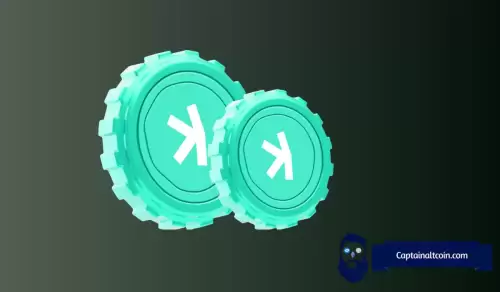 |
|
 |
|
 |
|
 |
|
 |
|
 |
|
 |
|
 |
|
 |
|
 |
|
 |
|
 |
|
 |
|
 |
|
 |
|

In the burgeoning realm of cryptocurrency, where malicious actors are constantly devising new ways to gain unauthorized access to funds, security remains a paramount concern. As we navigate this evolving landscape, it’s crucial to be aware of the common pitfalls that users often fall prey to.
One major chink in the armor of most crypto users is an excess of permissions. Many users inadvertently grant too many permissions to platforms they barely use, or worse yet, malicious apps disguised as legitimate ones.
Once these permissions are granted, they tend to linger long after they’re needed, leaving the user’s wallet vulnerable to unnecessary risk.
To fully appreciate the importance of revoking old token permissions, let’s first understand what they are and how they work.
What Are Token Permissions?
When you connect your crypto wallet (e.g., MetaMask) to a dApp (decentralized application) like a decentralized exchange or a lending platform, you’re asked to approve a transaction.
This "approval" isn't just about agreeing to a swap or deposit; it's also about giving that dApp permission to access your tokens. Sometimes these permissions are set to an unlimited amount.
The process of granting token permissions occurs through smart contracts, which require your signature (e.g., MetaMask's password) to transfer your tokens in transactions like trading, staking, borrowing, or lending.
However, unlike traditional bank accounts, you need to manually revoke these permissions later; they don't expire on their own. This means that even if you’re done using the dApp, it could still access your tokens.
In any scenario where the dApp gets hacked (or was even malicious from the start), your funds are at risk.
Granting token permissions is like giving the plumber the keys to your house to fix a sink. When this task is done, you need to retrieve the keys. If you don'
免責事項:info@kdj.com
提供される情報は取引に関するアドバイスではありません。 kdj.com は、この記事で提供される情報に基づいて行われた投資に対して一切の責任を負いません。暗号通貨は変動性が高いため、十分な調査を行った上で慎重に投資することを強くお勧めします。
このウェブサイトで使用されているコンテンツが著作権を侵害していると思われる場合は、直ちに当社 (info@kdj.com) までご連絡ください。速やかに削除させていただきます。
-

-

-

-

- インドネシアのビットコイン:暗号教育と経済戦略
- 2025-08-06 09:49:21
- インドネシアの経済的未来におけるビットコインの潜在的な役割を調査し、暗号教育と戦略的準備の可能性に焦点を当てています。
-

-

-

-

-






























































